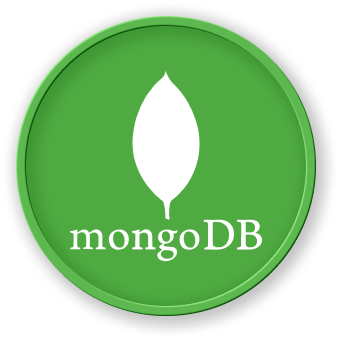Array Query Operators
Introduction to Array Query Operators
Array query operators in MongoDB provide powerful methods to search, filter, and manipulate array contents efficiently. These operators enable complex querying strategies beyond simple exact matches.
Common Array Query Operators
1. $all Operator
The $all operator matches arrays containing all specified elements:
## Find documents where skills array contains both "Python" and "MongoDB"
db.users.find({
skills: { $all: ["Python", "MongoDB"] }
})
2. $elemMatch Operator
$elemMatch matches documents where at least one array element meets multiple conditions:
## Find users with scores where at least one score is between 80 and 90
db.students.find({
scores: { $elemMatch: { $gte: 80, $lte: 90 } }
})
Array Query Operators Overview
| Operator |
Description |
Use Case |
| $all |
Match arrays containing all elements |
Exact multiple element search |
| $elemMatch |
Match array elements meeting complex conditions |
Nested condition matching |
| $in |
Match arrays containing any specified element |
Flexible element search |
| $size |
Match arrays with specific length |
Array size filtering |
Advanced Query Scenarios
graph TD
A[Array Query] --> B{Operator Type}
B --> |$all| C[Exact Multiple Elements]
B --> |$elemMatch| D[Complex Condition Matching]
B --> |$in| E[Flexible Element Search]
B --> |$size| F[Array Length Filtering]
3. $in Operator with Arrays
## Find users with skills in specified list
db.users.find({
skills: { $in: ["JavaScript", "Python"] }
})
4. $size Operator
## Find users with exactly 3 skills
db.users.find({
skills: { $size: 3 }
})
- Index arrays for faster querying
- Use appropriate operators based on specific requirements
- Avoid overly complex nested queries
Best Practices
- Choose the right operator for your use case
- Understand query performance implications
- Test and optimize array queries
LabEx Learning Approach
Mastering array query operators requires practice. LabEx provides interactive environments to experiment with these powerful MongoDB querying techniques.
Code Example: Complex Array Query
## Advanced array query combining multiple operators
db.products.find({
tags: {
$all: ["electronics"],
$elemMatch: { $regex: /^tech/ }
}
})
Key Takeaways
- MongoDB offers versatile array query operators
- Each operator serves specific querying needs
- Proper usage enhances data retrieval efficiency
By understanding these array query operators, you'll unlock MongoDB's full potential for complex data manipulation.

